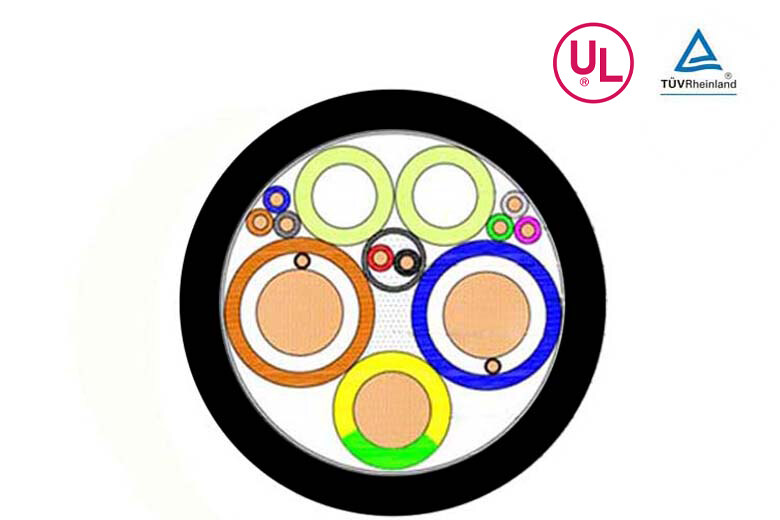Главная > Новости компании > Liquid-cooled charging cables drive the supercharging era
-
 Leo Yu
Добро пожаловать в мой магазин. Я рад вам обслуживать. Не стесняйтесь задавать мне любые вопросы.
Leo Yu
Добро пожаловать в мой магазин. Я рад вам обслуживать. Не стесняйтесь задавать мне любые вопросы.
Ваше сообщение превысило лимит.
Новости компании

Liquid-cooled charging cables, as an innovative charging technology, are driving the development of the supercharging era. Liquid-cooled charging cables utilize liquid-cooling technology, which effectively reduces the temperature of the cable during the charging process and solves the problem of overheating charging cables. This technology improves charging efficiency, extends cable life, and provides higher power charging capability.
Liquid-cooled charging cables work by lowering the temperature of the charging cable through liquid cooling technology. Liquid-cooled charging cables usually contain a flow channel for the cooling medium inside. The process can be divided into two main steps: heat absorption and heat transfer. First, when the cable generates heat during high power charging, the cooling medium contacts the cable surface through the flow channel and absorbs the heat from the cable. The cooling medium then carries the heat away and dissipates it through heat sinks or other cooling devices in the cooling system, allowing the cooling medium to cool down again and then circulate the flow again. The liquid-cooled charging mode effectively reduces the temperature of the charging cable, improves charging efficiency, and ensures the safety and reliability of the cable during high-power charging.
Liquid-cooled charging cables have been proven to dissipate heat better than traditional charging cables. It also supports high currents, providing the ability to deliver higher power charging. This means that more power can be charged in the same time, making the charging mode efficient. And the cooling effect of liquid-cooled charging cables can be evaluated and optimized in several ways:
Temperature monitoring: Temperature sensors can be installed in liquid-cooled charging cables to monitor the temperature change of the cable in real time. By monitoring the temperature data, the cooling effect can be assessed and timely measures can be taken to optimize.
Fluid flow rate: The flow rate of the coolant in liquid-cooled charging cables has an important influence on the cooling effect. Higher flow rates increase cooling efficiency, while too low a flow rate may lead to poor cooling. Therefore, the cooling effect can be optimized by adjusting the flow rate of the coolant.
Coolant selection: Different coolants have different heat transfer properties and cooling effects. Choosing the right coolant can improve the cooling effect. Commonly used coolants include water, glycol solution, etc., and the suitable coolant can be selected according to specific needs.
Heat dissipation structure design: the heat dissipation structure design of liquid-cooled charging cable will also affect the cooling effect. Reasonable design of the cooling structure, such as increasing the heat sink, heat pipe, etc., can improve the cooling effect.
Currently, many companies in the charging industry are increasing their investment in liquid-cooled charging technology. OMG' has invested a lot of resources in the independent research and development of new energy electric vehicle conduction products since 2009. With the industry spirit of adhering to quality and professional technical experience, OMG' has been keeping up with the market demand for high-power charging and providing customers with safe and reliable liquid-cooled charging cables. OMG's liquid-cooled charging cables are certified by the European standard IEC62893 and are characterized by softness, abrasion resistance, drag resistance, good cooling performance and lightweight cables.
The promotion and application of liquid-cooled charging cable will promote the development of electric vehicle charging system. It can meet the growing demand for charging and provide a faster and more efficient charging experience. In addition, liquid-cooled charging cables help reduce energy loss during charging, improve energy utilization efficiency, and promote the sustainable development of the electric vehicle industry.

